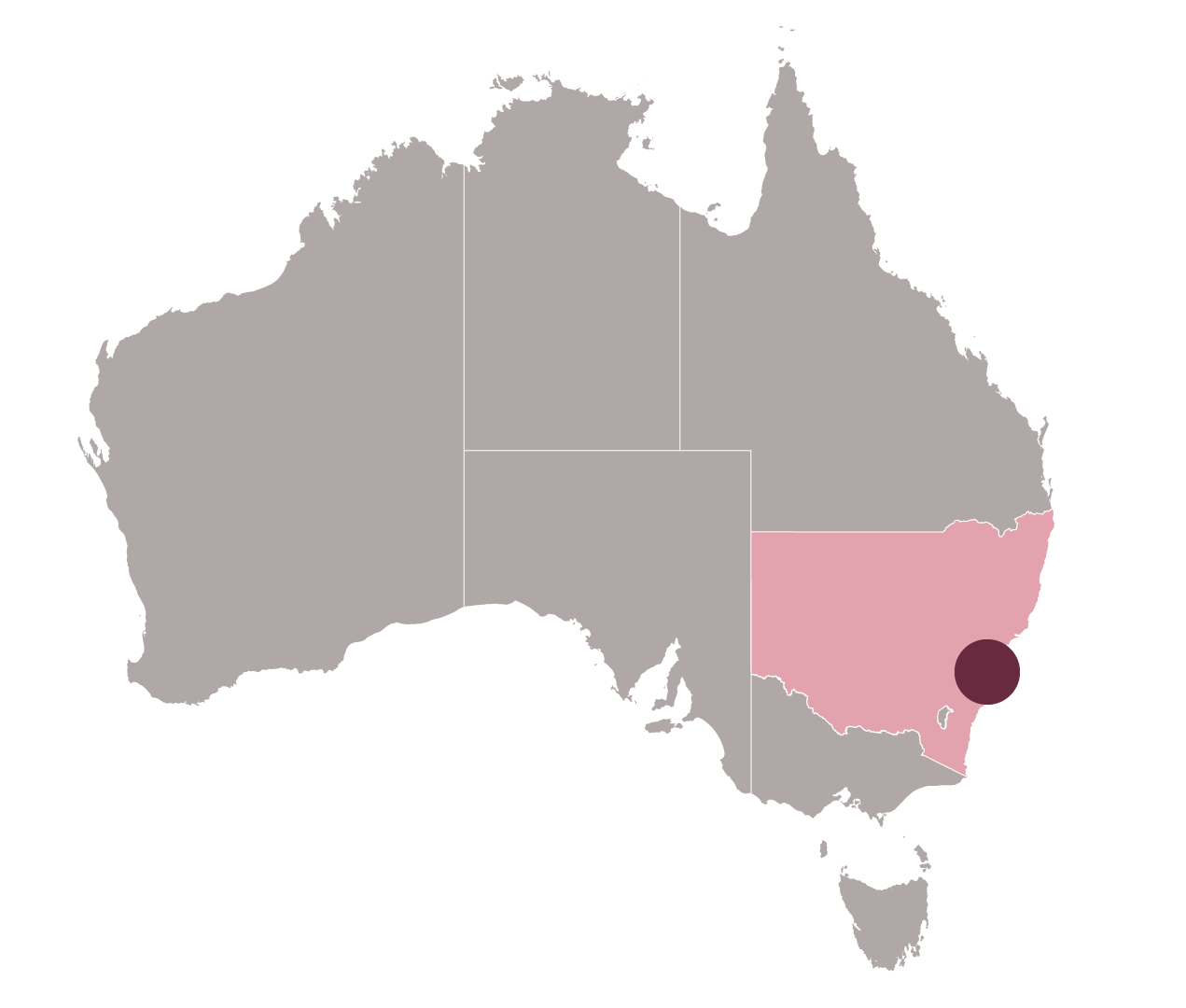

The national land freight task is expected to grow by 86% between 2011 and 2031. The 2015 Australian Infrastructure Audit found that freight rail will need to play a growing role in the movement of goods between ports and inland freight terminals. The role of freight rail will be particularly important for containerised freight, with demand for container terminal port infrastructure projected to grow faster than Gross Domestic Product.
In 2018–19, approximately 18% of containerised freight handled at Port Botany was transported by rail. If this If this level of rail freight continues, congestion on Sydney’s road network will increase as the number of trucks required to meet the growing freight task increases.
In order to facilitate a shift from road to rail for containerised freight movement in Sydney, additional capacity and higher levels of service are required on Sydney’s rail freight network.
The proposed Western Sydney Freight Line (WSFL) would be a dedicated rail freight line connecting Western Sydney to the Sydney Metropolitan Freight Network at the Southern Sydney Freight Line (SSFL). It would connect to a planned intermodal terminal in the Mamre Road Industrial precinct to service freight moving from Port Botany and through Western Sydney from across New South Wales.
Establishment of a dedicated freight rail line connecting Port Botany to the Intermodal in Western Sydney and then to the Main West Rail Line would stimulate employment opportunities and reduce passenger rail congestion on the Main West Rail Line east of St Marys and through Parramatta CBD.
The first stage of the WSFL from Luddenham to Horsley Park, and the site for the proposed Western Sydney intermodal terminal, were gazetted in 2020. The remaining section of the WSFL corridor through Wetherill Park industrial area is not yet protected.
The WSFL is aligned with NSW strategies and plans including the Future Transport Strategy, NSW Freight and Ports Plan 2018-2023 and the NSW State Infrastructure Strategy 2018–2038. WSFL is specifically referenced in A Plan for Growing Sydney and the Western City District Plan.
The core objective of the proposal is to reduce growth in truck movements on the Sydney road network, and reduce delays to freight trains on the main Western Line, where passenger trains have priority. Preservation of the corridor is the first step to achieving this objective.
Proponent to complete business case development (Stage 3 of Infrastructure Australia’s Assessment Framework).




 EVALUATION COMPLETE
EVALUATION COMPLETE


